Plain Zebra
- January 30, 2024
- 0 comment
The Plains Zebra, scientifically known as Equus quagga, is a captivating and iconic species found in the grasslands and savannahs of Africa. Instantly recognizable by its distinct black and white stripes, this remarkable creature has long been a symbol of the African wilderness. Plains Zebras are known for their tight-knit social groups and intricate herd dynamics, where they work together to face the challenges of their natural habitat. These zebras are renowned for their speed and agility, which are essential for escaping from predators such as lions and hyenas. Their diet primarily consists of grazing on lush grass and utilizing special adaptations to extract nutrients from tougher vegetation.

Despite their resilience, Plains Zebras face various threats, including habitat loss and poaching. Conservation initiatives are crucial to ensure the survival of this magnificent species. Understanding the science behind their stripes, their reproductive habits, and their role in the ecosystem is essential in safeguarding their future in the wild. Plains Zebras continue to inspire awe and wonder among nature enthusiasts and conservationists alike, symbolizing the untamed beauty of Africa’s grassy plains and savannahs.
| Specification | Information |
|---|---|
| Scientific Name | Equus quagga |
| Common Name | Plains Zebra |
| Habitat | Grasslands and savannahs of Africa |
| Range | Kenya to South Africa |
| Physical Appearance | Black and white stripes, horse-like build |
| Social Structure | Herds with complex hierarchy |
| Reproduction | Viviparous, offspring called foals |
| Speed and Agility | Fast runners, agile and nimble |
| Diet | Herbivorous, primarily graze on grass |
| Conservation Status | Not endangered but facing threats |
| Main Threats | Habitat loss, poaching |
| Conservation Efforts | Various organizations working to protect them |
Enigmatic World of Plains Zebras
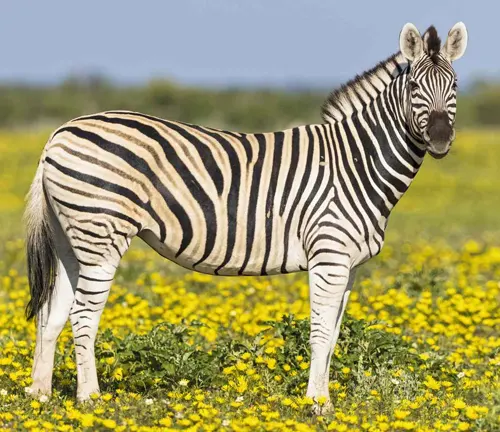
Plains zebras, with their iconic black and white stripes, have long captured the fascination of nature enthusiasts and researchers alike. These magnificent creatures are a prominent feature of the African savannas, where they roam in large herds, contributing to the unique charm of the region. In this comprehensive article, we will delve into the intriguing world of Plains zebras, exploring their behavior, habitat, adaptations, and much more.
The Origins of the Plains Zebra
The evolutionary history of Plains zebras dates back to ancient times, with these equids having their roots in Africa. Their ancestors, known as the ‘Equus zebra,‘ were the predecessors that eventually gave rise to the Plains zebra we know today.


Unique Physical Characteristics
Plains zebras are renowned for their distinctive black and white stripes, a feature that sets them apart from other zebra species. These stripes are not just for show; they serve a crucial purpose in the animal kingdom.
The Purpose of Stripes
Why do Plains zebras have stripes? This question has intrigued scientists for generations. One prominent theory suggests that the stripes act as a form of camouflage, making it difficult for predators, such as lions and hyenas, to single out an individual zebra from the herd.


A Social Animal
Plains zebras are highly social animals, often found in groups called ‘harems.’ Within these harems, there is a complex hierarchy, with a dominant male leading the group. Learn more about their intricate social structure in this section.
The Art of Communication
Communication among Plains zebras is a fascinating aspect of their behavior. They employ various vocalizations and body language to convey messages within the group, ensuring their survival in the wild.
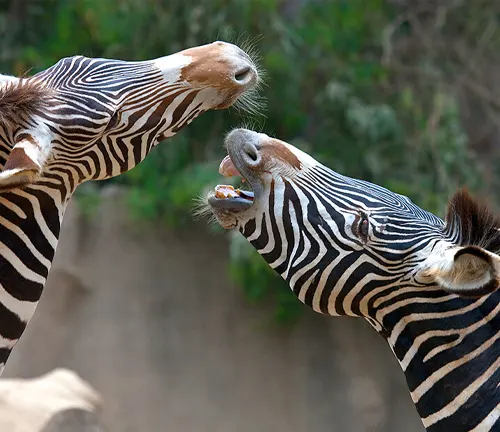
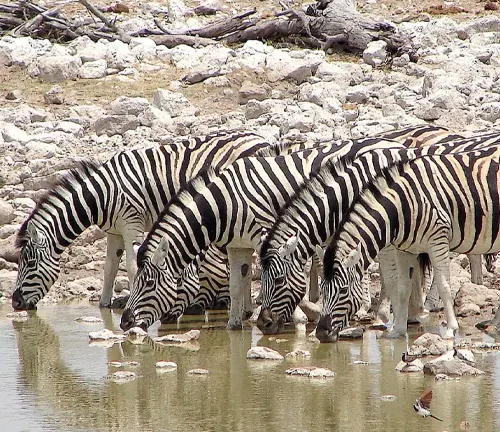
A Nomadic Lifestyle
These magnificent creatures are nomadic by nature, and they embark on impressive migrations in search of water and food. Discover the incredible journeys undertaken by Plains zebras and the challenges they face along the way.
Adaptations for Survival
Plains zebras have evolved several remarkable adaptations to thrive in their challenging environments. Explore their physical and behavioral adaptations that enable them to survive in the African wilderness.

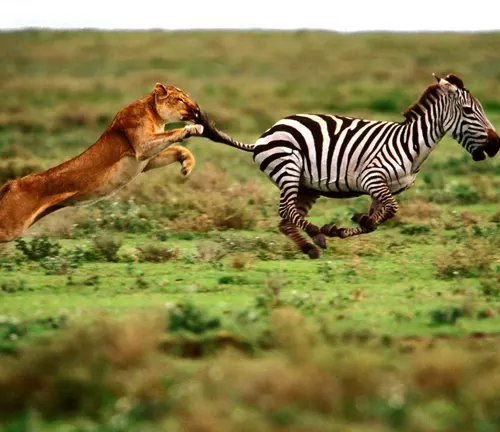
Predators and Threats
Despite their adaptations, Plains zebras face numerous threats in the wild. From apex predators to habitat loss, discover the challenges that these animals confront daily.
Conservation Efforts
Conservation plays a vital role in ensuring the survival of Plains zebras and other wildlife. Learn about the initiatives in place to protect these striped beauties and their natural habitat.
The Role of Plains Zebras in Ecosystems
Zebras play a significant ecological role in the African savannas. Dive into how their grazing habits and interactions with other species contribute to the balance of this unique ecosystem.
Plains Zebras and Tourism
Tourism has also played a role in the conservation of Plains zebras. Explore how these charismatic creatures have become a popular attraction for travelers and wildlife enthusiasts.
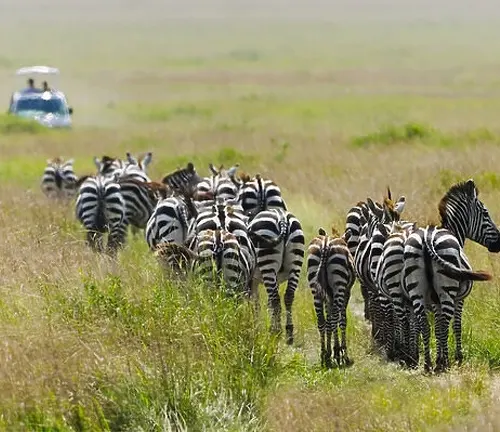
Different Species
Burchell’s Zebra
(Equus quagga burchellii)
This is the most common and widely recognized subspecies of Plains Zebra. Burchell’s Zebras are known for their bold black stripes and are found in various regions of southern Africa.
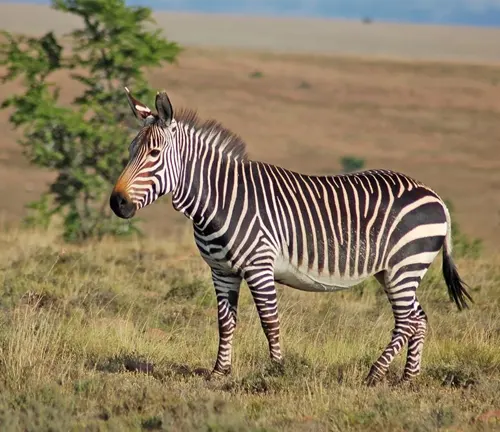
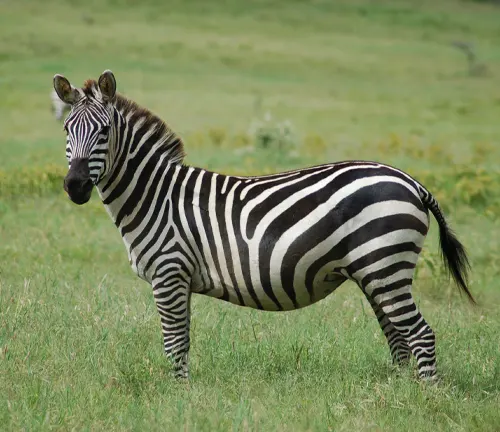
Grant’s Zebra
(Equus quagga boehmi)
Grant’s Zebras are distinguished by their smaller size and numerous, close-set stripes. They primarily inhabit East Africa and can be found in countries like Kenya and Tanzania.
Chapman’s Zebra
(Equus quagga chapmani)
Chapman’s Zebras are known for their more muted, narrow stripes compared to other subspecies. They are found in the southern and southwestern regions of Africa.
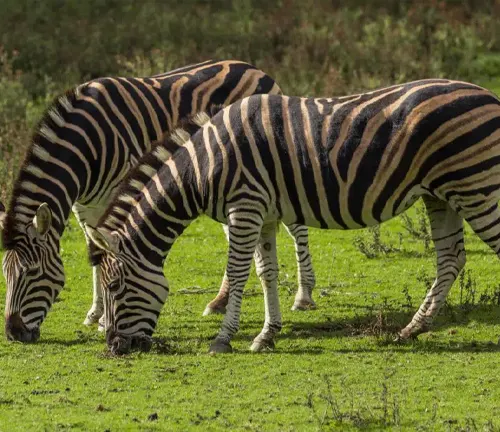

Selous’ Zebra
(Equus quagga selousi)
Selous’ Zebras are native to southeastern Africa and are characterized by their distinctive shadow stripes between the bold black stripes. These shadow stripes make them easily recognizable.
Crawshay’s Zebra
(Equus quagga crawshayi)
Crawshay’s Zebras are found in the eastern parts of Zambia and Malawi. They are known for their unique stripe pattern, which extends down their legs.
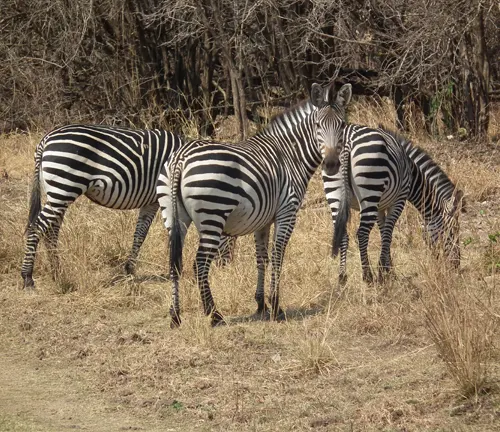
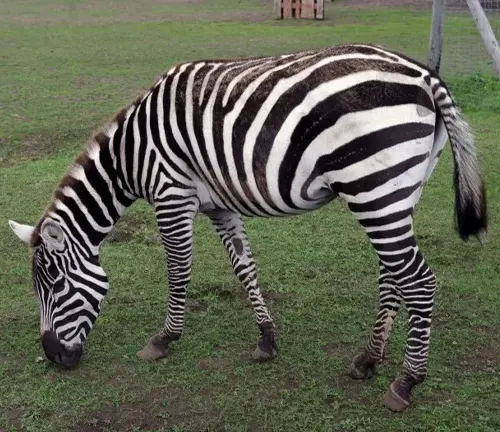
Maneless Zebra
(Equus quagga borensis)
This subspecies is found in parts of Ethiopia and Somalia. It is known for its lack of a mane or having a very short mane compared to other Plains Zebras.
Frequently Asked Question (FAQs)
- What is a Plains Zebra?
A Plains Zebra, scientifically known as Equus quagga, is a species of zebra found in the grasslands and savannahs of Africa. It is characterized by its distinctive black and white stripes and is known for its social behavior and remarkable adaptations for survival. - Where can Plains Zebras be found in the wild?
Plains Zebras can be found in various regions of Africa, primarily in countries such as Kenya, Tanzania, South Africa, Zambia, Malawi, Ethiopia, and Somalia. They inhabit grasslands and savannahs. - Why do Plains Zebras have black and white stripes?
The exact purpose of the black and white stripes on Plains Zebras is still a subject of scientific debate. It is believed that the stripes may serve multiple functions, including camouflage, temperature regulation, and discouraging biting flies and parasites. - How fast can a Plains Zebra run?
Plains Zebras are known for their speed and agility. They can reach speeds of up to 65 kilometers per hour (40 miles per hour) when running to escape from predators. - What are the main predators of Plains Zebras?
The main predators of Plains Zebras include lions, hyenas, leopards, cheetahs, and crocodiles. These large carnivores pose a constant threat to both adult zebras and their young. - Do Plains Zebras migrate like other African animals?
Yes, Plains Zebras are known for their seasonal migrations in search of water and food. They often undertake long-distance movements to access fresh grazing areas. - How do Plains Zebras communicate with each other?
Plains Zebras communicate through vocalizations, body language, and scent markings. They use various calls, such as neighs, whinnies, and snorts, to convey messages to other members of their herd. - What is the average lifespan of a Plains Zebra in the wild?
In the wild, Plains Zebras typically have an average lifespan of 20 to 25 years, although this can vary due to factors such as predation, disease, and habitat conditions. - What do Plains Zebras eat in their natural habitat?
Plains Zebras are herbivores and primarily graze on grass. They also consume leaves, stems, and other plant materials, making them important grazers in their ecosystems. - Are Plains Zebras endangered or threatened?
Plains Zebras are not currently classified as endangered, but they do face various threats, including habitat loss and poaching. Conservation efforts are essential to ensure their continued survival.


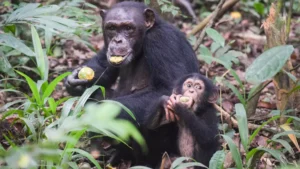
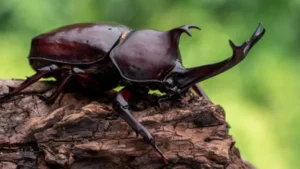
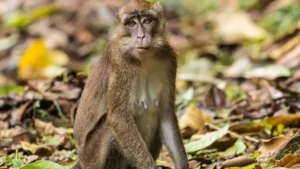

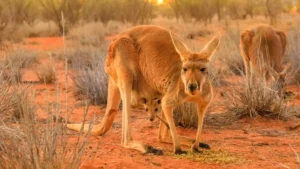

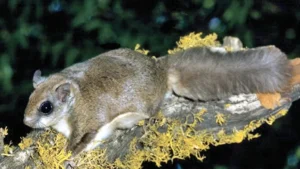

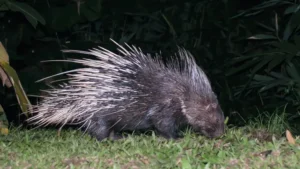

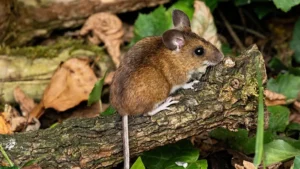

Leave your comment